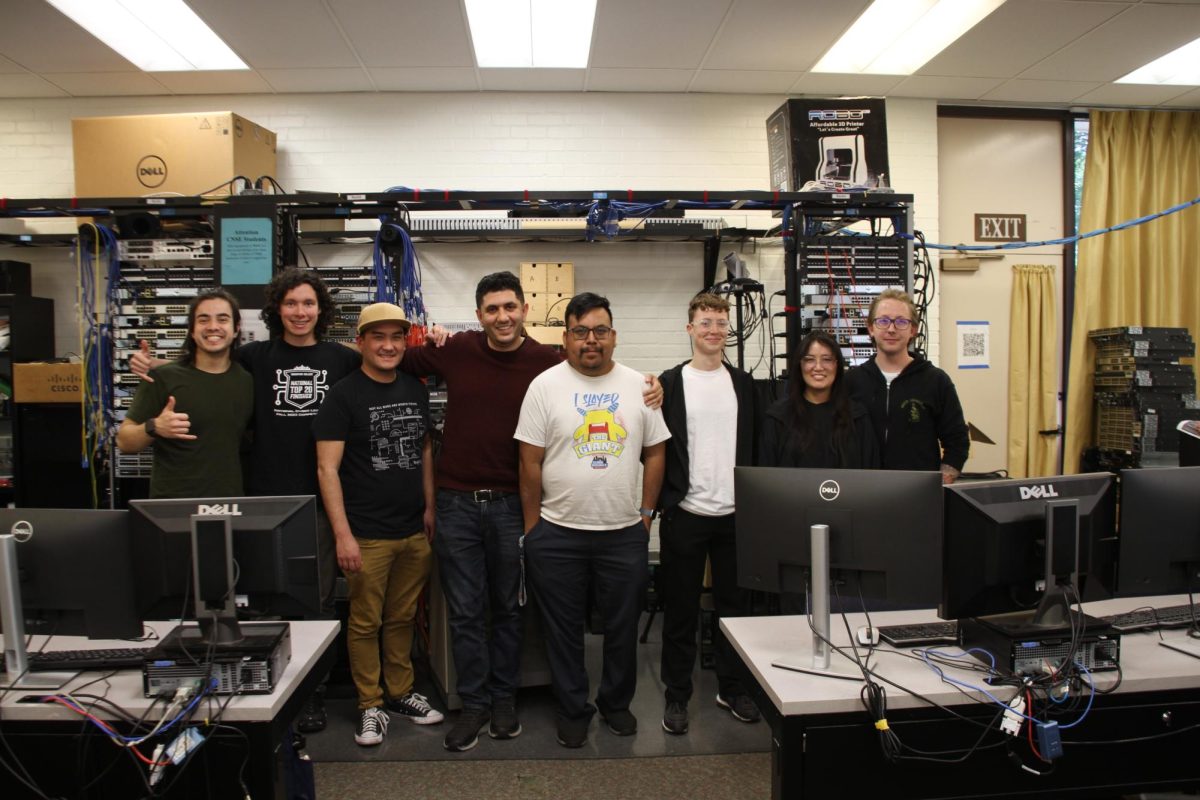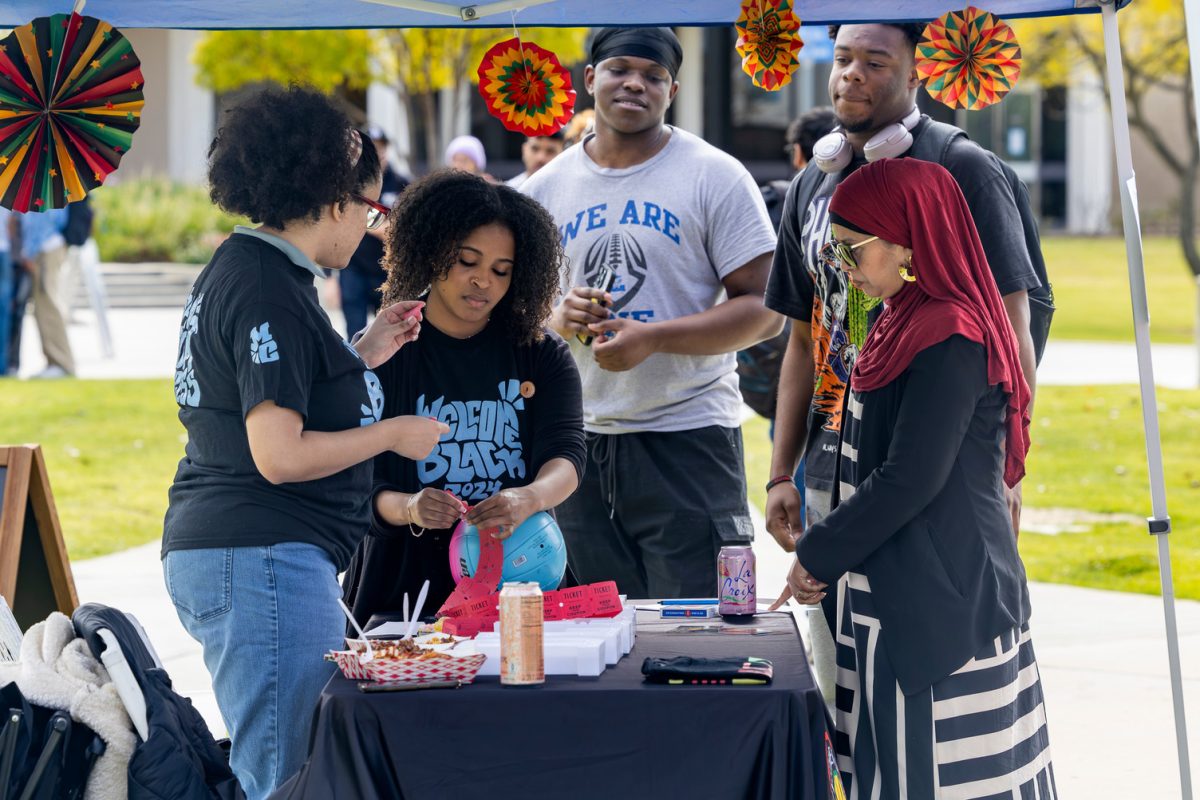Upon learning that the United States spends $8 billion a year on cosmetics while $6 billion could cover the expenses of basic education for every child in the world, the audience of the “United Nations Millennium Goals” lecture shifted uncomfortably.
“I feel guilty now. I put lipstick on this morning,” said Geography Professor Andrea Ehrgott. “It kind of puts everything in perspective that our disposable income could take care of everything.”
Ehrgott, along with English Professor Dave Birchman, political science Professor Mark Moore and Biology Professor Marie Panec explained the United Nations Millennium Development Goals to an attentive crowd in Fountain Hall Room 215 despite the early morning meeting at 8:30 a.m.
The United Nations established 8 goals in September, 2000 that were ratified by 189 of the 192 countries in the group at the U.N. Millennium Summit. The goals were set with hopes to be completed in 2015 and 1990 used as the benchmark.
To achieve the Millennium Development Goals, the U.N. countries are meant to contribute 0.7 percent of their Gross National Product. However, many participating nations have not been up on their 0.7 percent dues. This puts at damper on the progress of the Millennium Development Goals.
Birchman gave suggestions on how to assist the United Nations complete its goals.
“The obvious thing is giving,” Birchman’s suggestions included volunteering with different organizations such as the Peace Corps as well as learning a different language. “Now is the time to start thinking about being a larger citizen of the world.”
Photography major Cherie Gorisch, 18, was especially amazed by America’s carefree attitude after hearing about such serious poverty around the world.
“It’s unbelievable how we take so much for granted when people don’t have anything,” Gorisch explained. “We’re greedy people.”






